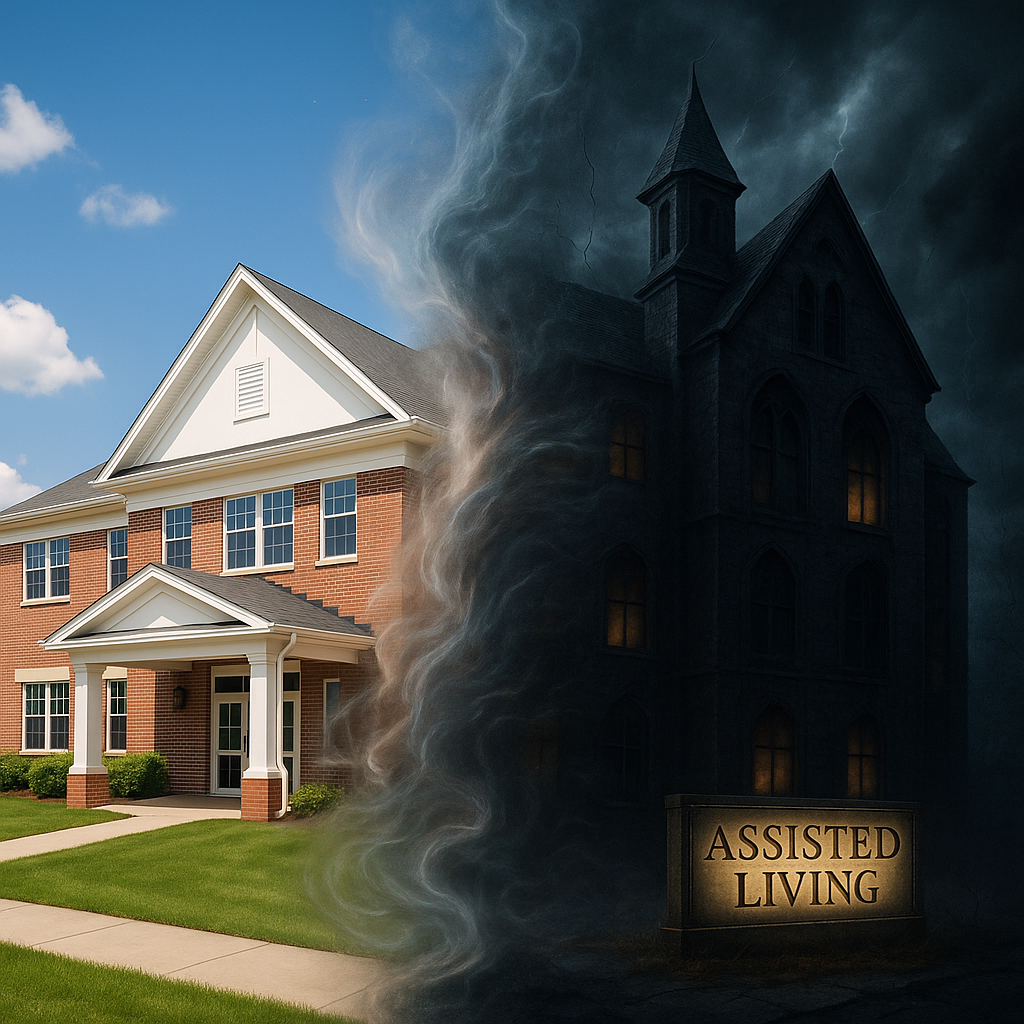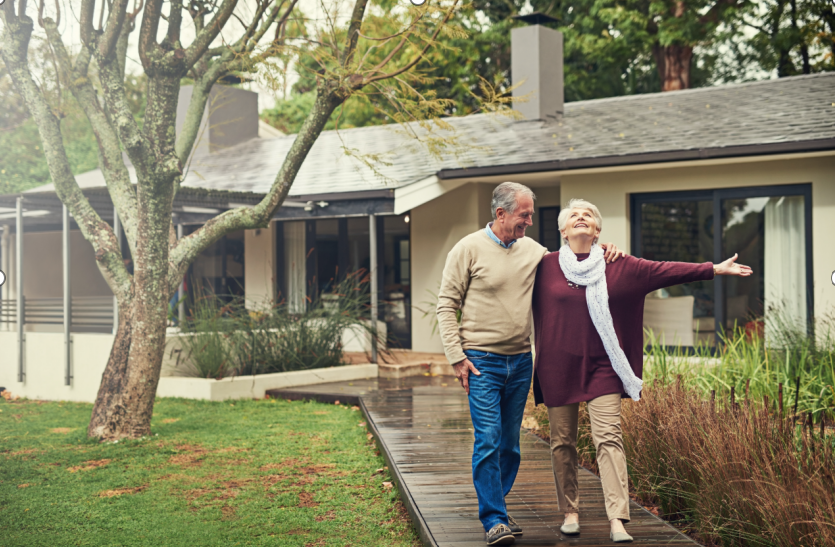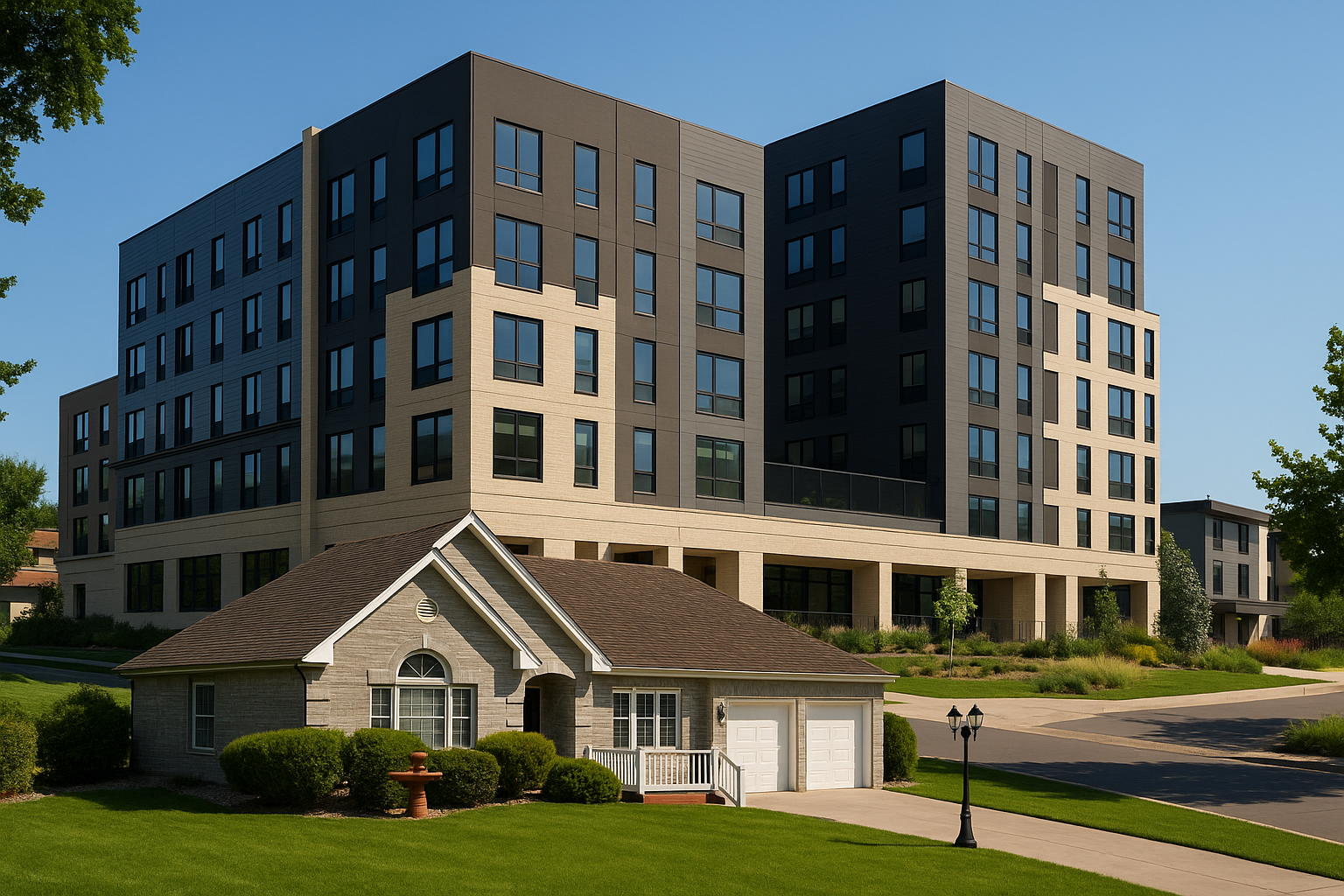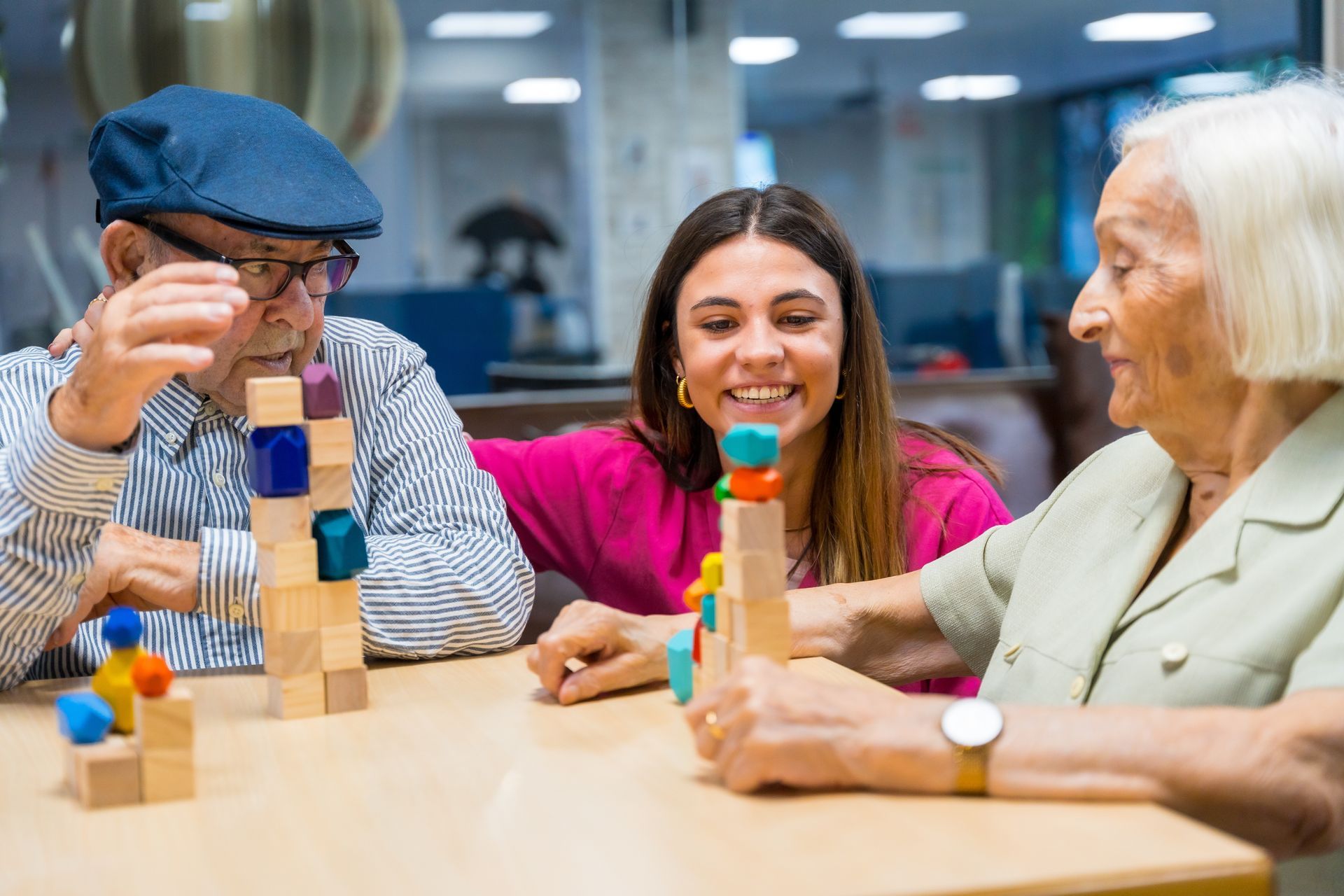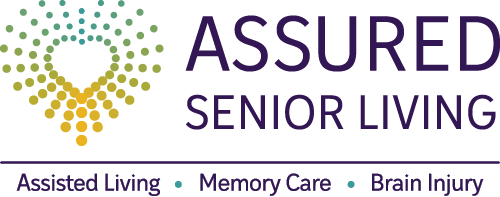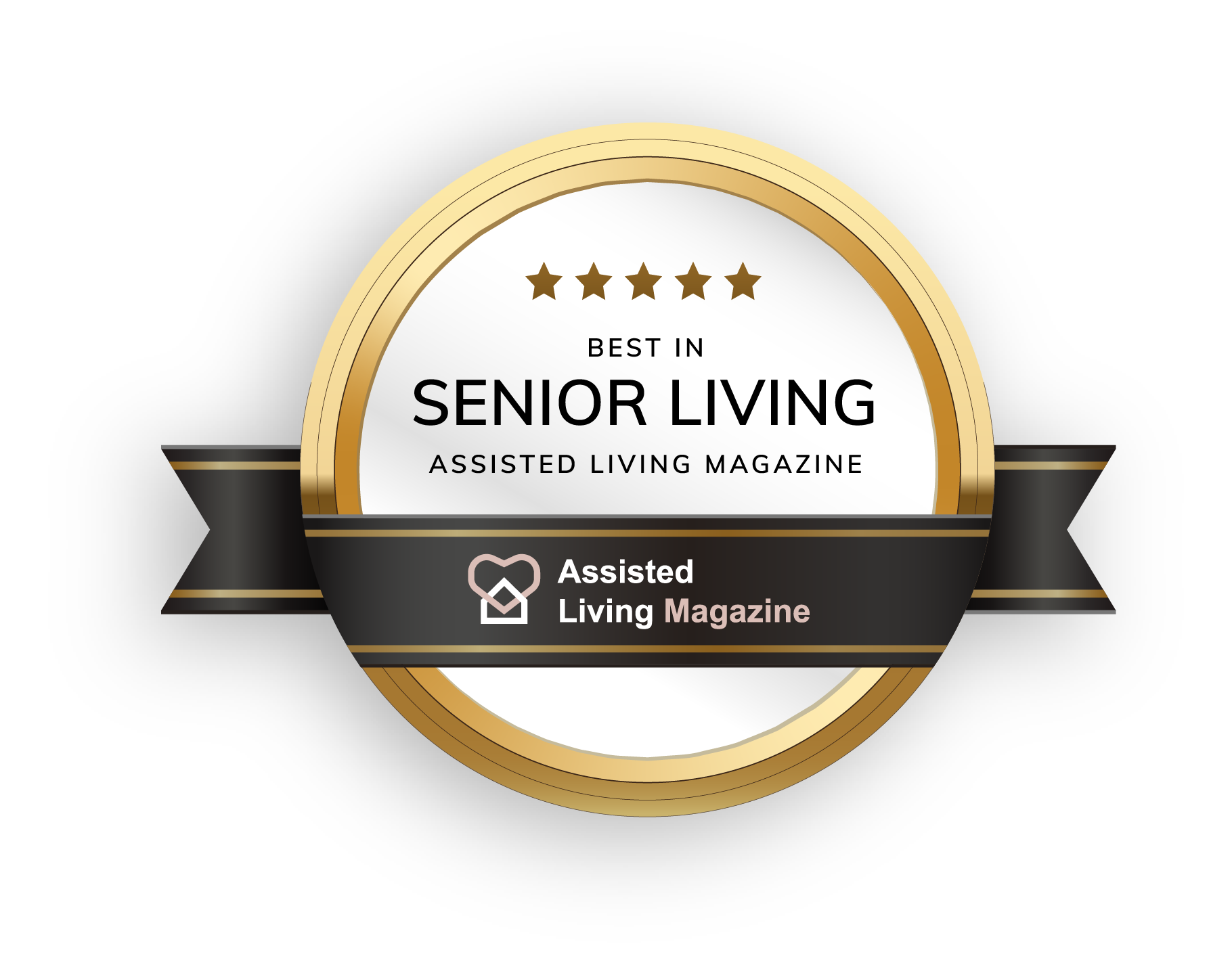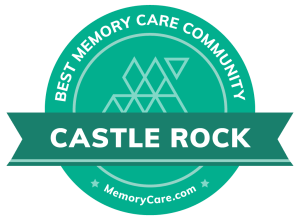BLOG
When Home Is No Longer Safe for an Older Loved One: A Home Safety Checklist
When it comes to home safety for older adults, it’s important to know what to consider as you decide whether living at home is the best choice. A safe home environment can help your parent remain longer in their homes—or in yours if they’ve recently moved in. However, a move to senior living might be the better option.
Making the right changes can help reduce the risk of falls and help your parent take advantage of the available space. Here are some things to take into account as you decide whether a home setting is safe enough.
Home safety for older adults: a checklist
Stairs
- Clutter is often a major concern in home safety for older adults. Are papers, shoes, books, or other objects on the stairs posing a hazard?
- Are some steps broken, uneven or is the carpet loose?
- Is there adequate lighting over the stairway?
- Are there light switches at both the top and bottom of the stairs?
- Is there a sturdy handrail on both sides of the stairs?
- Is the bedroom on an upper floor, or can your loved one use a room on the main floor and avoid daily use of stairs?
Kitchens
- Are the things your parent uses often on high shelves?
- Do they have a sturdy step stool with a bar to hold on to or a reach stick for high items?
- Is there a fire extinguisher in the kitchen?
- Are appliances easy to use, with clearly marked controls?
- Is your loved one still actively preparing meals, or are they starting to avoid the process due to unsteadiness, and as a result, not getting proper nutrition?
Bedrooms
- Is there a light close to the bed?
- Is the path from the bed to the bathroom dark?
- Does your loved one have a telephone next to their bed in case they need help? In a residential senior living community such as Assured Senior Living, staff live right on campus, ensuring they can easily provide round-the-clock care.
Bathrooms
- Another item high on the checklist of home safety for older adults is bathroom safety. Is there a non-slip rubber mat or self-stick strips on the floor of the tub or shower?
- Are there grab bars to assist your loved one in getting in/out of the tub or up from the toilet?
- Are the sink, bathtub and shower faucets easy to use?
- Is a low toilet making it hard to stand up?
- The costs of remodeling a bathroom is estimated to range from $6,000 to $28,000, depending upon the size of the room and how many changes are needed. However, most senior living experts agree the bathroom is priority #1 for home safety for older adults.
Living areas
- Are electric cords and telephone wires near walls and away from walking paths?
- Are areas where your senior walks free of clutter?
- Are carpets and large area rugs firmly to the floor?
- Have all the throw rugs been removed?
- Is furniture arranged so it does not block the walkway?
- Are sofas and chairs the right height to easily get in and out of them?
- According to Age Safe America, A 2014 report by the Harvard University Joint Center for Housing Studies found that the five most important “universal design” features in the home are: no-step entries, extra-wide hallways, accessible living spaces on the ground floor and accessible light switches and door levers. However, only 1% of housing units in America have all five of these features critical for home safety for older adults.
Safety and peace of mind: when senior living is a better choice.
Sometimes an older adult resists moving into a large senior living community because they are afraid it will feel “institutional” and bear no resemblance to home. That’s why so many families are choosing the residential model of senior living instead, such as you’ll find at Assured Senior living.
Our tight-knit neighborhood cluster assisted living memory care communities not only provide cutting edge care, they also are designed differently. Small groups of residents share a lovely home, within the larger communities they occupy. Each resident enjoys their own private apartment suite, and several comfortable common areas encourage communal living and social engagement. Your loved one will feel welcomed, comfortable, and at ease. And you can relax knowing they are benefitting from an environment that includes important safety features.
The security and peace of mind you’ve been seeking.
Download our free guide, Family Decision Toolkit. Or contact us today.


